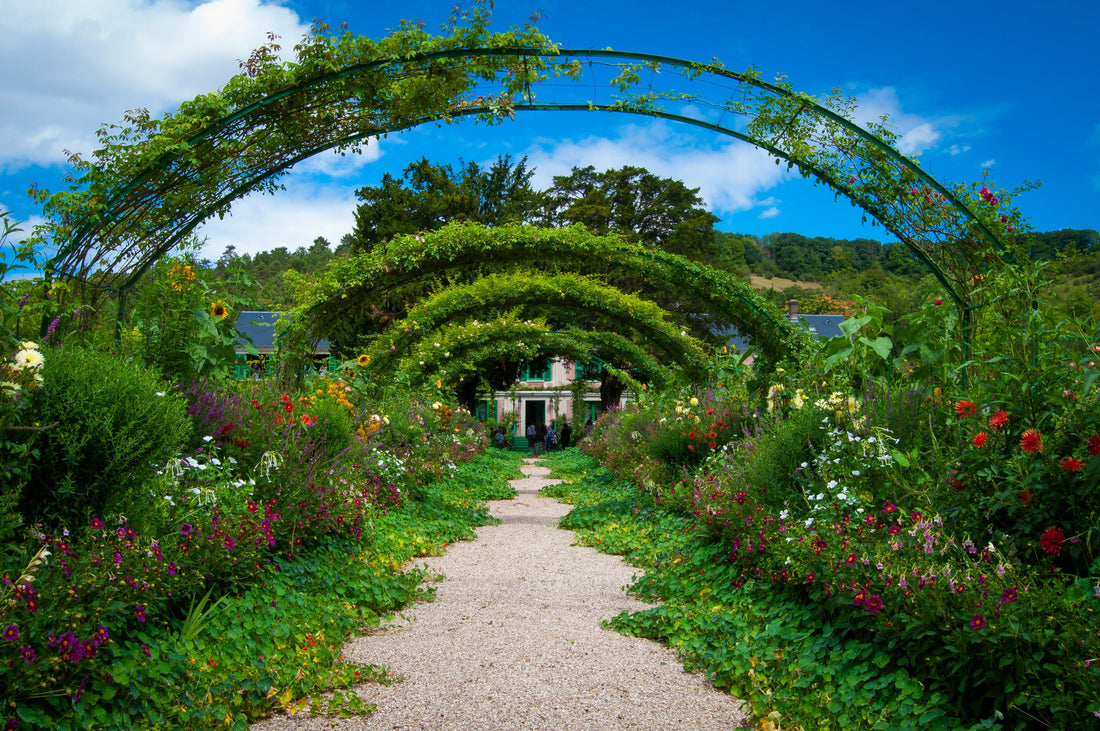Bees don’t ask for much. Just sunlight, flowers, and a safe place to crash. But over the years, we’ve paved over their habitats, sprayed away their food sources, and made it harder for them to survive. That’s where your garden comes in.
You don’t need acres of space or a certificate in horticulture to make a difference. Even a small, thoughtful patch can become a buzzing hotspot for tired pollinators. If you’re looking for a simple way to support bees and boost your garden’s glow at the same time, here’s how to do it right.
Start With the Right Flowers
Bees love variety. They’re not loyal to one plant, and they’re not particularly impressed by aesthetic landscapes. What they actually want is access to pollen and nectar all year round.
That means you need flowers that bloom in different seasons—early spring, mid-summer, and late autumn. Think snowdrops, crocuses, lavender, foxgloves, cosmos, echinacea, and asters. These aren’t just pretty to look at; they’re loaded with the kind of nectar that keeps bees coming back.
And while we’re at it, what plant attracts bees the most? It’s hard to name one single winner, but lavender, borage, and wild marjoram are some of their top picks. If you plant any of these, expect lots of tiny visitors.
Skip Showy Flowers That Do Nothing For Bees
Many garden centre plants are bred to look good, not feed pollinators. Double-petaled varieties, for example, often hide the nectar or don’t produce any at all. What bees need are open, accessible flowers where they can reach what they came for.
A good rule of thumb: if it looks like a bee would struggle to land on it or find its way in, it’s probably not the best choice.
Think Beyond Flowers
Yes, flowers are essential, but bees also need places to nest, rest, and take shelter from wind and rain. Many wild bees don’t live in hives, but are solitary and nest in hollow stems, dry grass, or small holes in the ground.
So leave some messy corners in your garden. Let that old patch of soil sit undisturbed. Keep a few twigs and logs around. These small touches can make all the difference.
Building a bee shelter doesn’t have to feel like turning your garden into a construction site. A simple bundle of bamboo canes tied together, a bee hotel made from a block of drilled wood, or even an upturned plant pot filled with dry straw can do the trick. Just place them somewhere dry, sunny, and sheltered from strong wind.
No Pesticides, Please
It should go without saying, but the quickest way to ruin a bee-friendly garden is to douse it in pesticides. Even products that seem “safe” or “natural” can have ingredients that mess with a bee’s nervous system.
If you’re dealing with pests, try manual methods first—like removing aphids by hand or introducing natural predators (ladybirds love a good aphid buffet). And if you have to use something stronger, do it at dusk when bees are less active.
Keep It Buzzing All Year
Bees don’t magically disappear in winter. Some hibernate underground, while others curl up in hollow plant stems or crevices. That’s why the best habitat for bees includes more than just flowers, but also safe, quiet corners where they can stay warm and undisturbed during colder months.
Resist the urge to cut everything back when the weather cools. Leave some dry stems standing, let a bit of the wild take over, and give them a chance to settle in.
Quench Their Thirst
And we mean literally. Bees work hard. Sometimes too hard. On hot days or during dry spells, even the most well-stocked garden might not be enough.
A shallow dish of water filled with pebbles or stones gives them a safe place to land and hydrate. Just make sure to change the water every couple of days to keep it fresh.
Why It Matters
Creating a bee-friendly garden isn’t just about saving the bees (though that alone is reason enough). It could also be about making your space more vibrant, more colourful, and more connected to the natural world.
Pollinators like bees help your fruits and vegetables grow. They keep ecosystems in balance. And let’s be honest: a garden full of buzzing, fluttering life just feels better.
At Honey & Greens, we believe in living closer to nature; whether it’s through the honey we produce or the tiny actions we take to make the world a little softer and sweeter.
Want to do your part? Start with a plant. Add a bee bath. Let the grass grow wild for a while. The bees will notice. And they will thank you.
References
Gardeners’ World (2022). How to make a bee-friendly garden. Retrieved from https://www.gardenersworld.com/plants/how-to-make-a-bee-friendly-garden/

